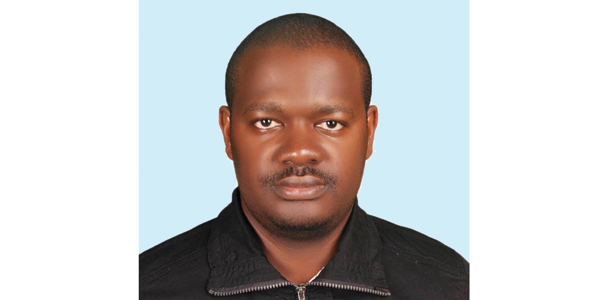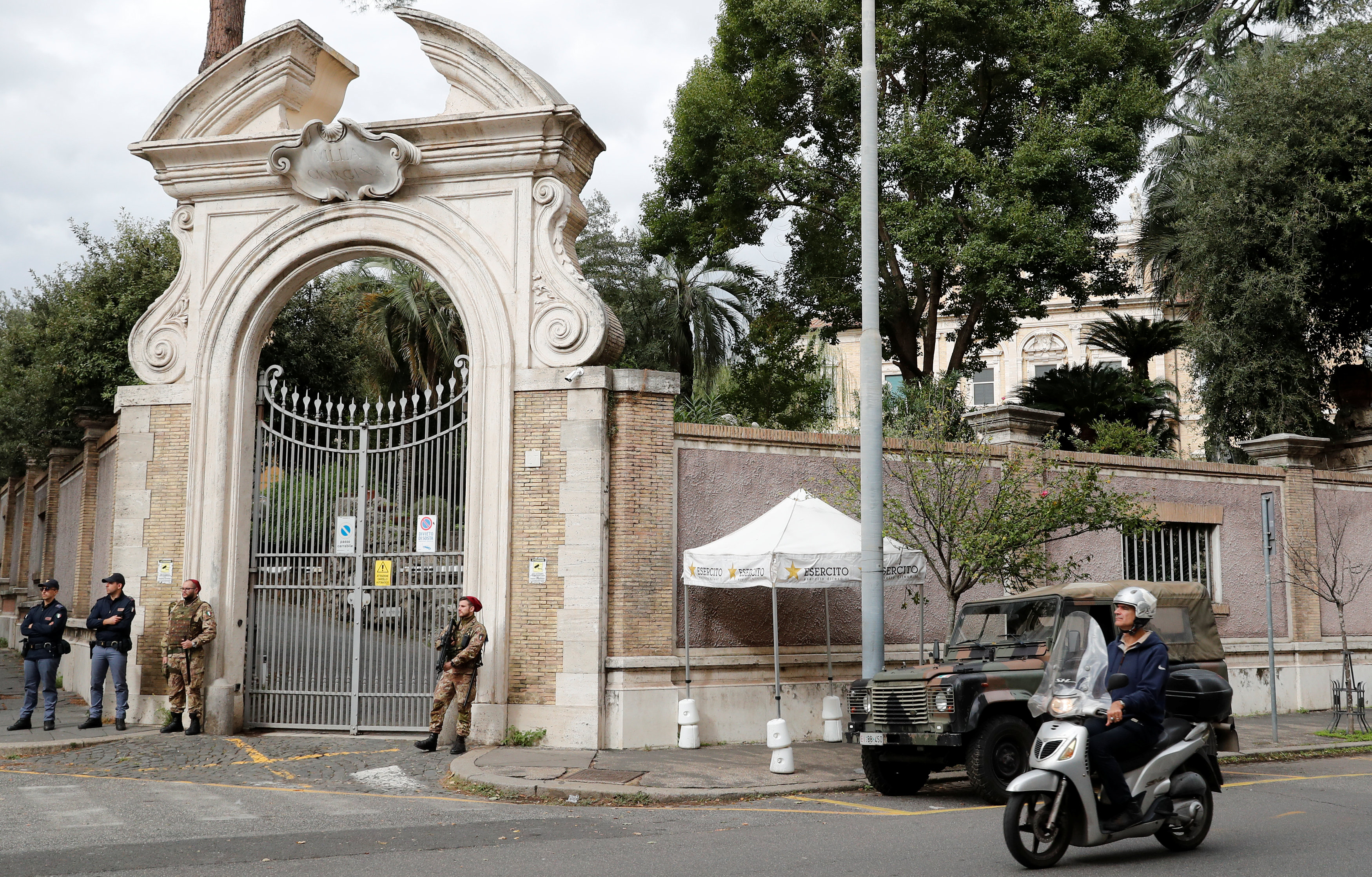Human remains found underneath the Holy See’s embassy to Italy belong to a man and not to Emanuela Orlandi, the daughter of a Vatican employee who went missing in 1983.
The office of Rome’s public prosecutor today briefed Italian news agencies that tests on the bones reveal they are from a male skeleton. Other sources involved in the investigation have told the Turin-based “La Stampa” newspaper that the bones are at least 100 years old.
On 30 October the Vatican announced that human bone remains had been discovered during renovation work in the basement of the Villa Giorgina, which houses the Apostolic Nunciature to Italy.
The news immediately set off speculation that they could belong to Orlandi, the daughter of a Vatican employee whose mysterious disappearance is one of Italy’s most highly publicised unsolved missing person cases. There was also a suggestion that the bones belonged to Mirella Gregori, another 15-year-old girl who went missing just before Orlandi.
But the Vatican embassy, situated in the Salario district in the east of Rome near the Villa Borghese gardens, is located in what was a burial area until the early twentieth century.
Investigators told La Stampa that the bones are likely to belong to someone who died at the end of the nineteenth or early twentieth century and was buried in the area. Carbon tests to give a precise dating of the bones are due to take place.
For years, the Vatican has found itself embroiled in theories speculating about its involvement in the Orlandi mystery with many in Italy suspicious that senior figures in the Roman Curia have been hiding vital details about the case.
With the latest discovery, however, it was the Holy See who came forward straight away with the information. This is in part down to a new Vatican culture instituted by Pope Francis and signalled by his appointment of the first non-Italian Holy See Ambassador to Italy, the respected Swiss diplomat Archbishop Emil Paul Tscherrig.
“Things are done with greater openness and greater transparency,” Cardinal Pietro Parolin, the Holy See Secretary of State told reporters earlier this month. “We found some remains, we wanted to know exactly what they were, to whom they belonged, and therefore asked Italy for help.”
After being handed to authorities, the Chief Prosecutor of Rome, Giuseppe Pignatone delegated the investigation to forensic police experts “in order to determine the age, gender, and date of death.”
The Apostolic Nunciature to Italy’s building was given to the Vatican in 1949 by Isaia Levi, a politician and businessman who named it “Villa Georgina” after his daughter who died young. Levi wanted to donate it to the Second World War Pope, Pius XII, to thank him for ensuring that Jews could be sheltered in convents in Rome.



 Loading ...
Loading ...